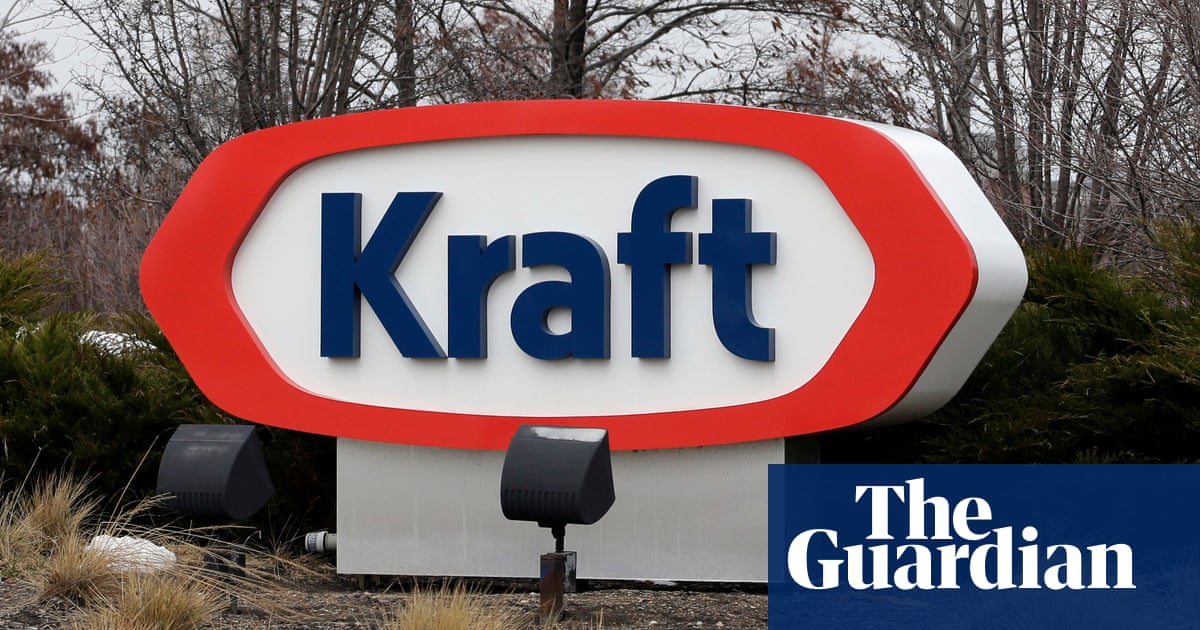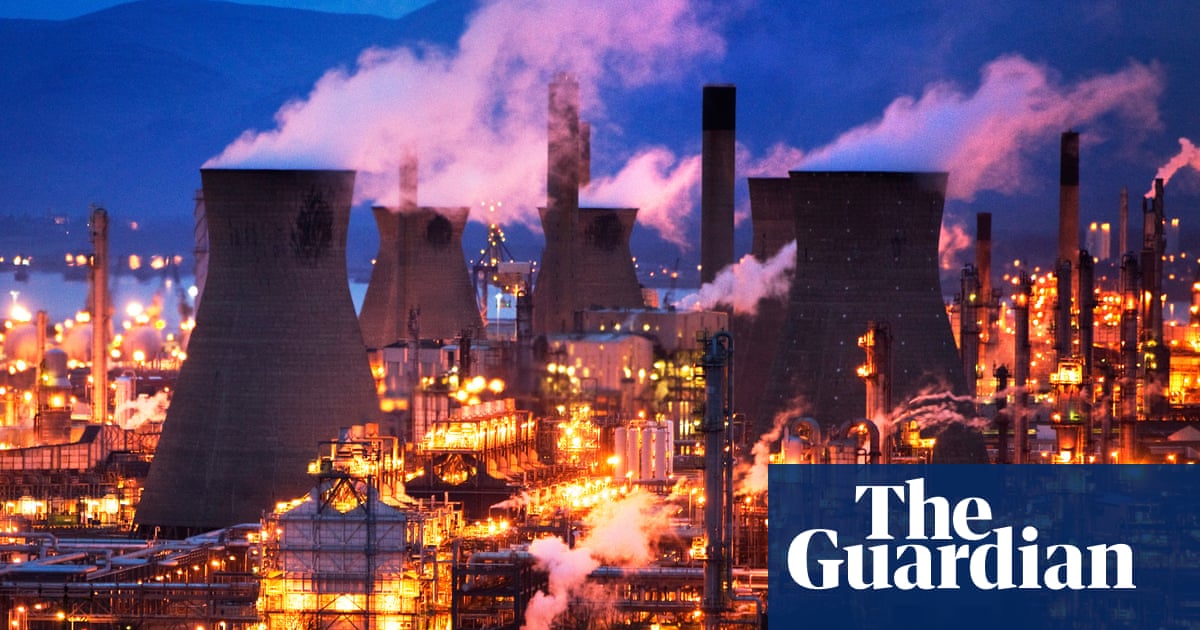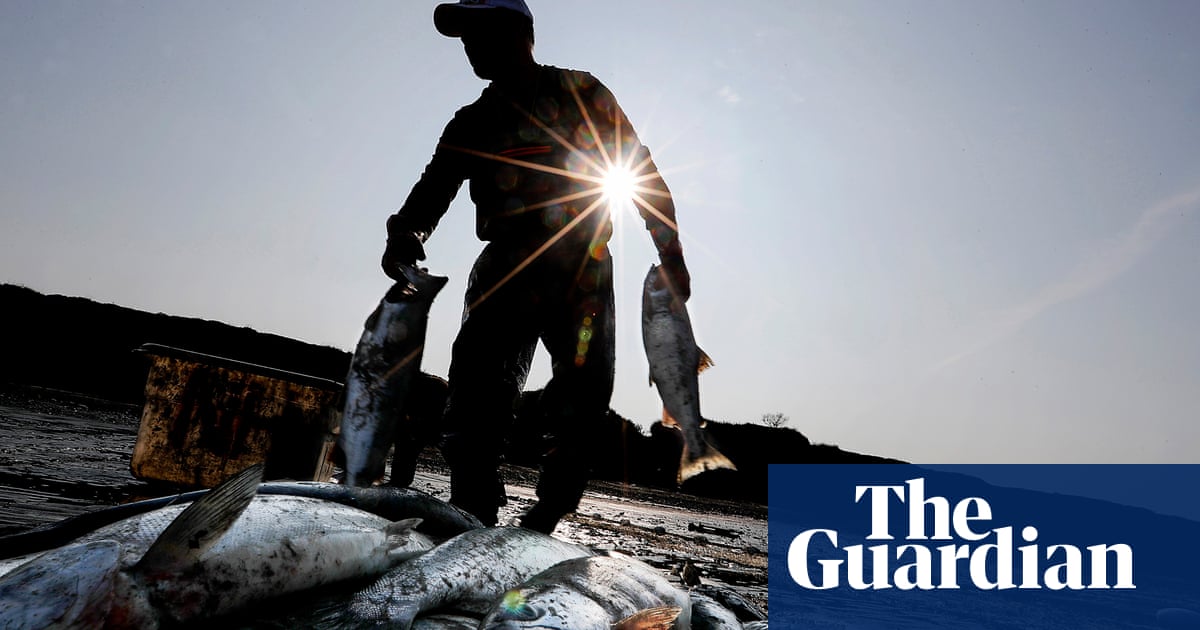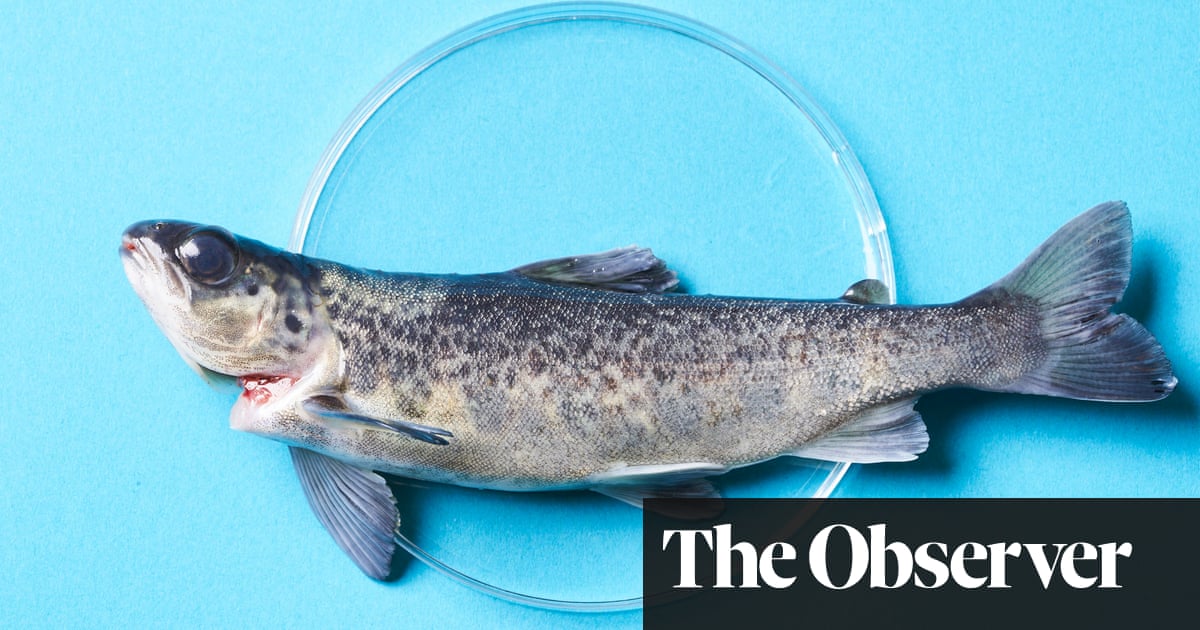US $6bn plan aims to cut pollution from range of plants, from steel to mac and cheese | US news


The Biden administration announced a record $6bn in funding Monday to decarbonize US industry facilities including plants that make cement and concrete, iron and steel, and food production plants including ones which make mac and cheese, and ice cream.
The industrial sector is responsible for roughly 25% of all the nation’s emissions, and has proven difficult to decarbonize due to its energy-intense, large-scale operations.
Recipients of the funding, which is coming from the Inflation Reduction Act and the Bipartisan Infrastructure Law, include 33 demonstration projects in more than 20 states. The initiative involves iron, steel, aluminum, food and beverage, concrete and cement facilities.
Jennifer Granholm, the energy secretary, said during a call with news media that the technologies being funded are “replicable,” “scalable,” and will “set a new gold standard for clean manufacturing in the United States and around the world”.
Ali Zaidi, the White House climate adviser, said this funding aims to eliminate 14m metric tons of pollution each year, equivalent to taking about three million cars off the road.
Among the funded projects:
-
Constellium in Ravenswood, West Virginia, is going to operate a first-of-its-kind zero-carbon aluminum casting plant and install low-emission furnaces that can use clean fuels such as hydrogen. The company produces aluminum for a range of products including cars and planes.
-
Kraft Heinz will install heat pumps, electric heaters and electric boilers to decarbonize food production at 10 facilities, including in Holland, Michigan, where it makes mac and cheese.
-
Cleveland-Cliffs Steel Corporation in Middletown, Ohio, will retire one blast furnace, install two electric furnaces, and use hydrogen-based ironmaking technology. The project aims to eliminate 1 million tons of greenhouse gas emissions each year from the largest supplier of steel to the US automotive industry.
-
Heidelberg Materials US Inc will build a system that captures and stores carbon underground at its plant in Mitchell, Indiana. The project aims to capture at least 95% of the carbon dioxide released by the cement plant, which will prevent 2 million tons of carbon dioxide from entering the atmosphere each year.
There will also be more than $20m for ice cream manufacturers in Tennessee, Missouri and Vermont.
“I think the United States can be a leader here,” said Mike Ireland, president and CEO of the Portland Cement Association, a non-profit that promotes cement and concrete.
Ireland said the innovative cement and concrete technologies being scaled in the US can be adopted by developing countries in the Global South to build highways and buildings in a more sustainable way.
There are not many US plants that manufacture virgin steel, and even fewer make virgin aluminum, so tackling emissions at even just a few facilities could make an outsized contribution to reducing the country’s carbon footprint, said Todd Tucker at the Roosevelt Institute, the nonprofit partner of the Franklin D Roosevelt Presidential Library and Museum.
Once the methods for decarbonizing are proven, the technology could be exported globally for a more dynamic climate benefit, added Tucker, the think tank’s director of industrial policy and trade.
Decarbonizing the electricity and transportation sectors has been at the center of the climate conversation and there are generous federal subsidizes for the solutions, mainly using renewable energy for power generation and adopting electric vehicles, Tucker said.
But he noted it’s harder to cut emissions in heavy industries that rely on fossil fuels for creating the high heat and chemical reactions needed for their operations.
“Getting this off the ground with these first few projects is going to be really useful for convincing industry that this transition is possible, and also, importantly, convincing Wall Street that this transition is possible,” Tucker said. “The first trick is showing it’s viable in one project. Once you do that, then the private and public sectors can come up with strategies for the rest of the problem.”
Associated Press contributed to this report.
Source link




